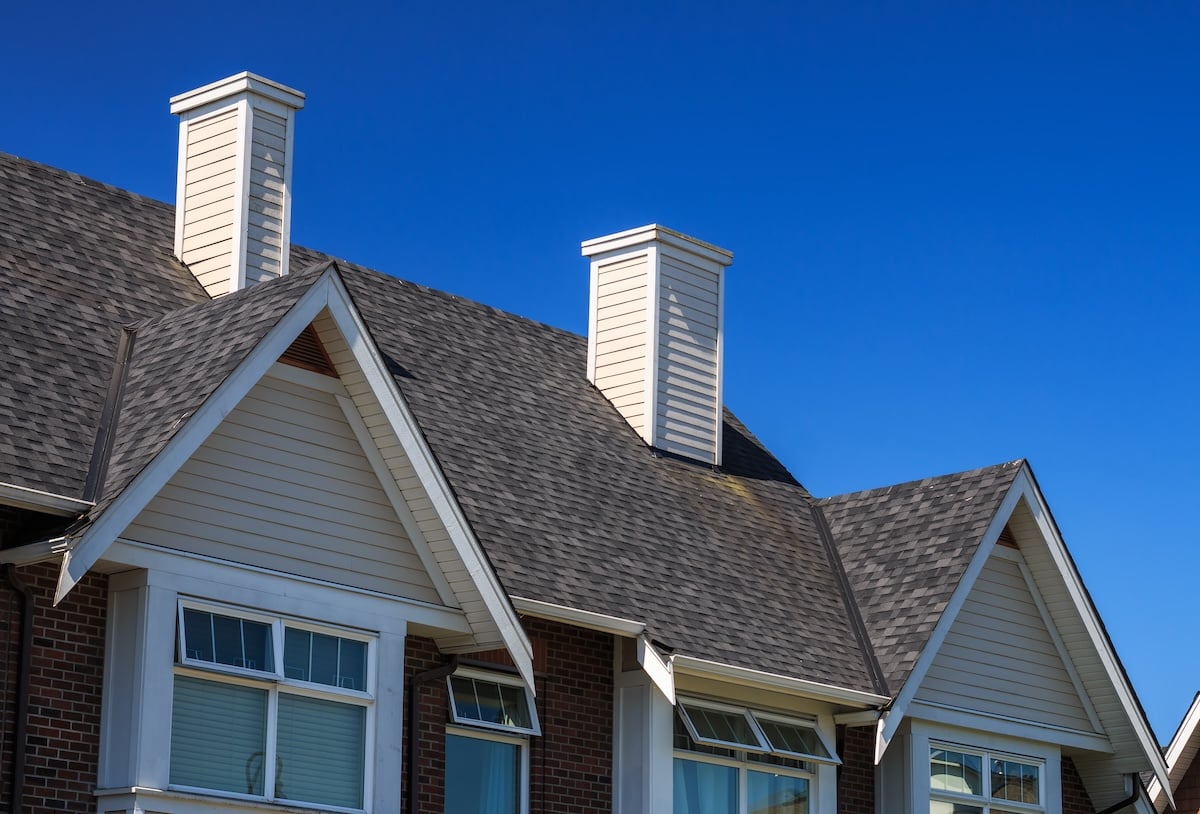
Hip Roof vs Gable Roof: Easy & Stylish Roof Types Guide
6 MIN READ
September 30, 2025
When comparing hip roof vs gable roof styles, homeowners often wonder which option is best for their home’s appearance, durability, and budget. Both roof types are popular across the country, but each comes with unique pros and cons. Understanding these differences makes it easier to choose the style that balances curb appeal, performance, and long-term value.
- Roof style impacts home value: The shape of your roof influences aesthetics and resale.
- Durability varies by design: Each roof type performs differently in wind, rain, and snow.
- Costs depend on complexity: Hip roofs often cost more, while gable roofs may save on installation.
⭐️ Understanding the Basics
Before diving into the advantages and disadvantages of each design, it helps to understand what makes hip and gable roofs distinct.
What Is a Hip Roof?
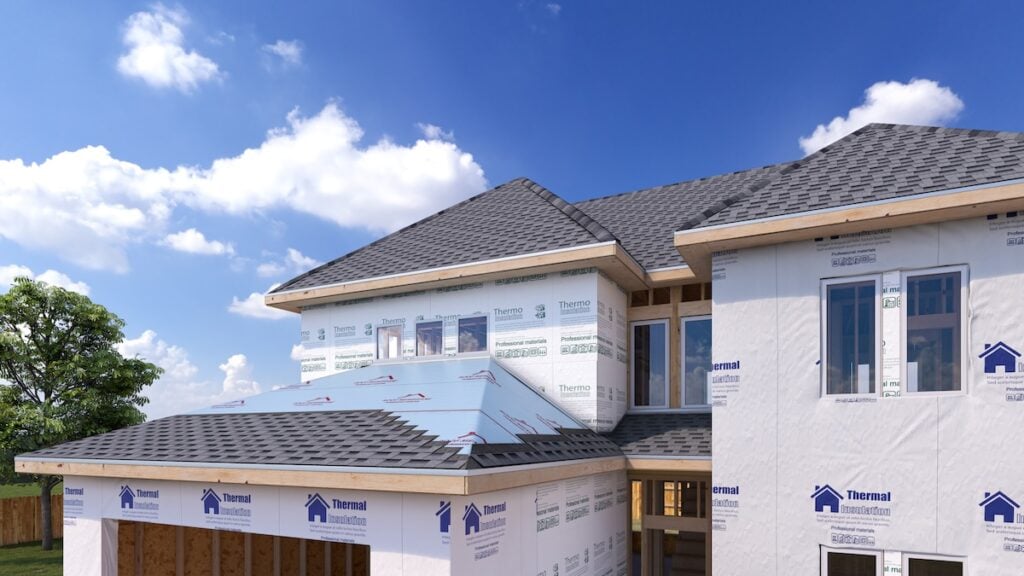
A hip roof slopes down on all four sides, meeting at a ridge or point. This design is known for its stability and ability to handle high winds. Because of the extra slopes, hip roofs often require more materials and labor, which can make them more expensive.
What Is a Gable Roof?
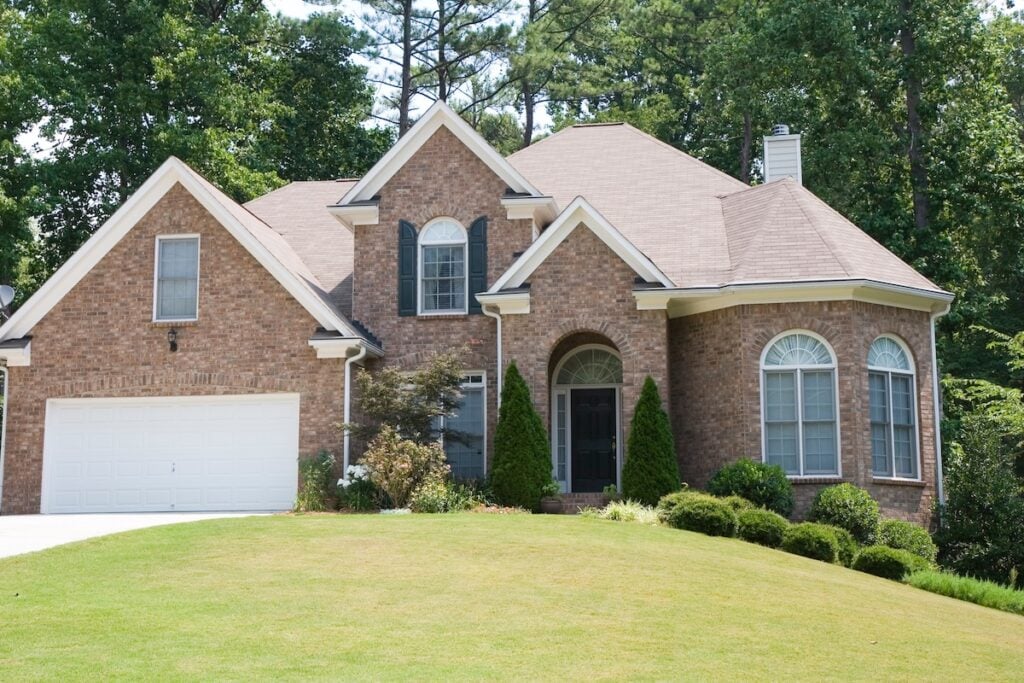
A gable roof, sometimes called a pitched or peaked roof, has two sloping sides that form a triangular shape at the ends of the house. This simple design is affordable, easy to build, and allows for excellent attic ventilation. However, gable roofs can be more vulnerable to wind damage.
🏠 Comparing Hip Roof vs Gable Roof
Both roof types have strong advantages, but they also come with challenges. Understanding how they compare across several categories will help you make the right decision.
Appearance and Style
- Hip roofs: Provide a balanced, symmetrical look that adds sophistication to modern and traditional homes.
- Gable roofs: Create a classic, simple appearance that works well for Colonial, Cape Cod, and Craftsman styles.
Weather Performance
- Hip roofs: Perform exceptionally well in high winds due to their aerodynamic shape. They also shed rain and snow efficiently.
- Gable roofs: Offer excellent drainage but are more susceptible to wind uplift, especially if poorly braced.
Cost Considerations
- Hip roofs: Generally cost more due to the additional materials, complexity, and labor required.
- Gable roofs: More budget-friendly, thanks to their straightforward design and faster installation.
Usable Space
- Hip roofs: May reduce attic or upper-level space because of the inward slopes.
- Gable roofs: Often provide more usable attic space and make it easier to add dormers or vaulted ceilings.
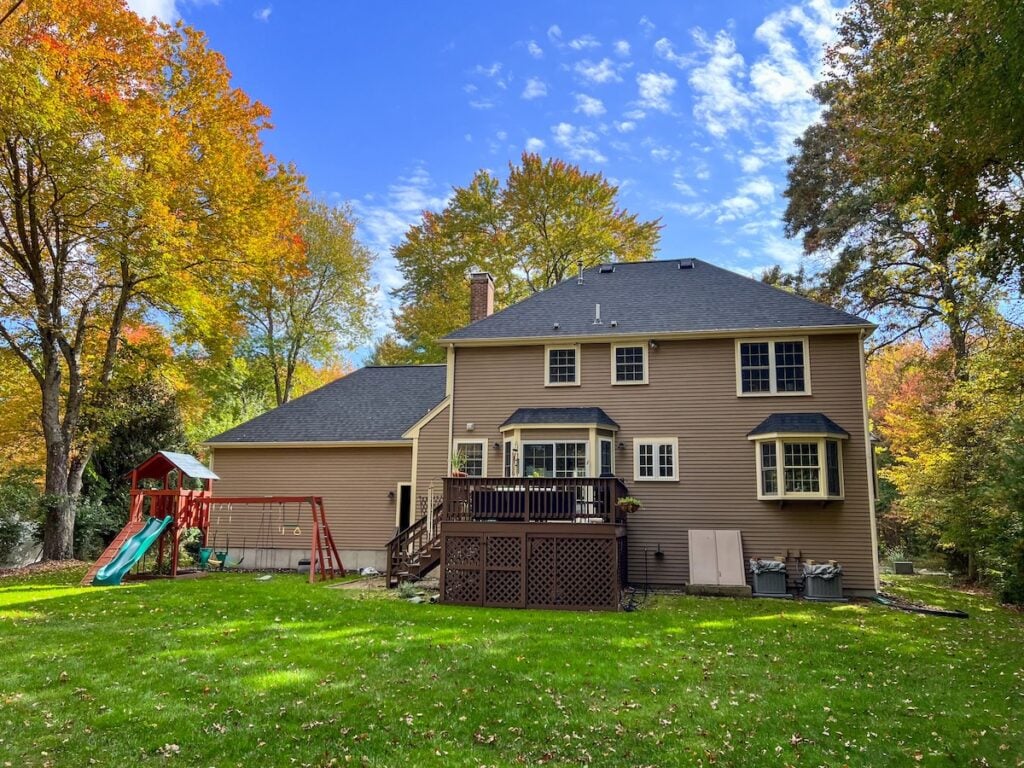
🔑 6 Key Factors To Help You Decide
Choosing between a hip roof and a gable roof comes down to your priorities as a homeowner.
- Budget: If affordability is a major concern, gable roofs are usually less expensive.
- Climate: Homes in windy regions benefit from the stability of hip roofs.
- Aesthetics: Hip roofs often create a more upscale look, while gable roofs offer timeless charm.
- Attic space: Gable roofs provide more room for storage or conversions.
- Maintenance: Hip roofs require more upkeep because of their complexity.
- Longevity: Both roofs can last decades with proper care, but performance depends on material and installation quality.
👉 Hip Roof Advantages and Disadvantages
To better understand this roof type, let’s break down its strengths and potential drawbacks.
Advantages of Hip Roofs
- Wind resistance: Excellent choice for hurricane-prone areas.
- Efficient drainage: Multiple slopes shed rain and snow quickly.
- Stylish design: Adds sophistication and curb appeal.
- Structural stability: Balanced design supports weight evenly.
Disadvantages of Hip Roofs
- Higher cost: More labor and materials increase installation price.
- Reduced attic space: Limited storage or headroom in upper levels.
- Complex repairs: More joints and valleys mean more potential leak points.
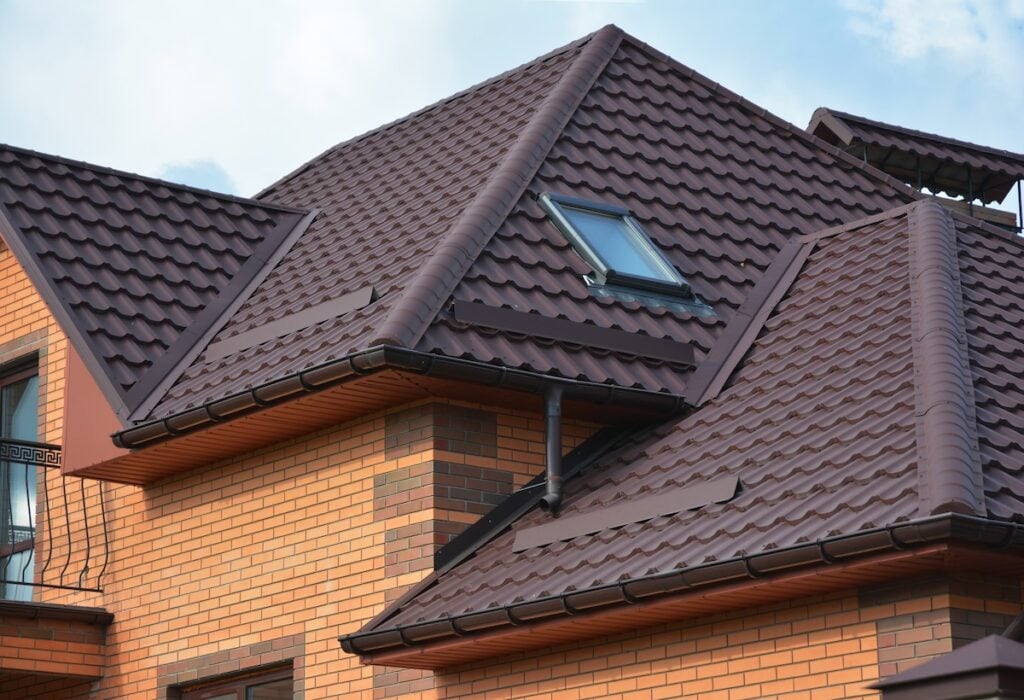
❗️ Gable Roof Advantages and Disadvantages
Gable roofs remain one of the most common styles in the U.S. Here’s why.
Advantages of Gable Roofs
- Lower cost: Affordable to build and repair.
- Attic space: Creates more usable room for storage or conversions.
- Design flexibility: Works well with dormers, windows, and various home styles.
- Excellent drainage: Simple slopes move water and snow off efficiently.
Disadvantages of Gable Roofs
- Wind vulnerability: Susceptible to wind uplift without proper bracing.
- Potential for collapse: Poorly designed gables may fail in severe storms.
- Less modern look: Some homeowners prefer the upscale appearance of hip roofs.
☀️ Which Roof Type Is Better for Your Climate?
Climate plays a major role in determining which roof type is best for your home.
- Windy and Storm-Prone Areas: Hip roofs are the safer choice, thanks to their aerodynamic design and resistance to uplift. They are common in coastal areas and regions with frequent storms.
- Snowy and Rainy Regions: Both hip and gable roofs handle precipitation well, but gable roofs may require reinforcement to avoid structural stress under heavy snow.
- Hot and Sunny Climates: Gable roofs allow for better ventilation, which helps keep homes cooler. However, hip roofs provide more shade coverage for exterior walls.
💵 Cost Breakdown: Hip Roof vs Gable Roof
Homeowners often want to know how these roof styles compare in terms of cost.
Average Costs
- Hip roof installation: $20,000–$50,000 depending on size, pitch, and materials.
- Gable roof installation: $15,000–$40,000, typically more affordable due to simpler design.
Factors Affecting Cost
- Roof size and pitch: Steeper or larger roofs require more labor.
- Material choice: Asphalt shingles are affordable, while metal, tile, or slate add expense.
- Local labor rates: Prices vary depending on demand and regional costs.
🛠️ Why Professional Installation Matters
Whether you choose a hip or gable roof, installation quality directly impacts performance. Even the best design will fail prematurely if installed incorrectly.
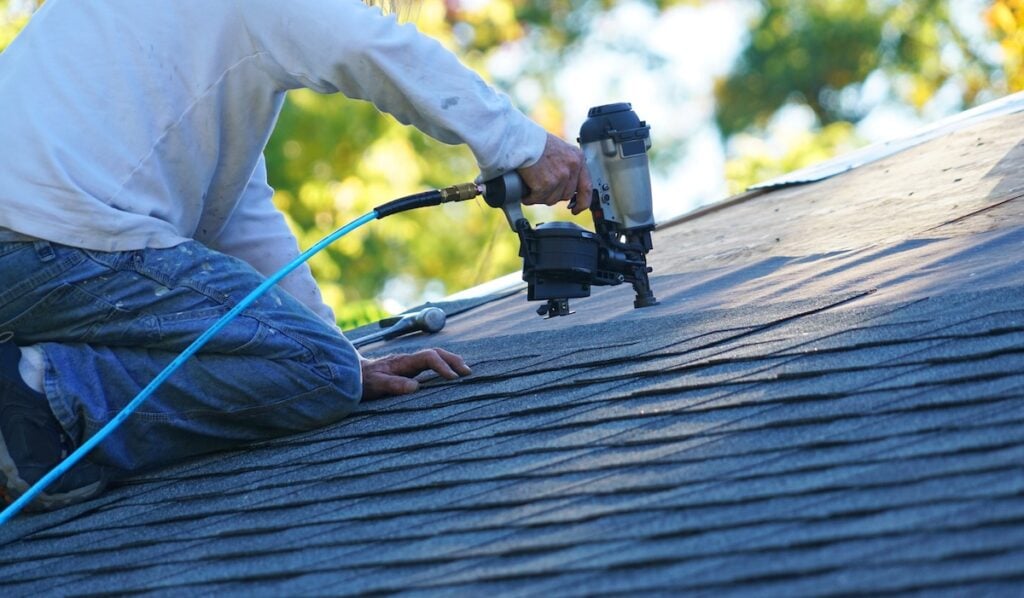
Recon Roofing & Construction’s Approach
At Recon Roofing & Construction, we deliver precision installations backed by experience and craftsmanship. Our team helps homeowners weigh the benefits of each roof type, select materials that fit their budget, and complete installations designed to last. We pride ourselves on communication, reliability, and results that boost your home’s value.
🗓️ Long-Term Maintenance Considerations
Ongoing care is key for both hip and gable roofs. Regular inspections help catch early signs of wear, especially around flashing, valleys, and ridges. Gable roofs may need reinforcement against wind, while hip roofs require attention to their complex joints. Partnering with a professional ensures your roof continues performing for decades.
🤔 Choosing Between Hip Roof vs Gable Roof
When weighing hip roof vs gable roof designs, the best choice depends on your budget, climate, and style preferences. Gable roofs offer affordability, attic space, and timeless design. Hip roofs deliver durability, curb appeal, and superior wind resistance. Both can serve your home well with proper installation and maintenance.
Recon Roofing & Construction has the expertise to guide you through the decision-making process, ensuring you get a roof that matches your lifestyle and long-term goals. Contact us today to schedule your roof consultation and find out whether a hip or gable roof is the perfect fit for your home.
